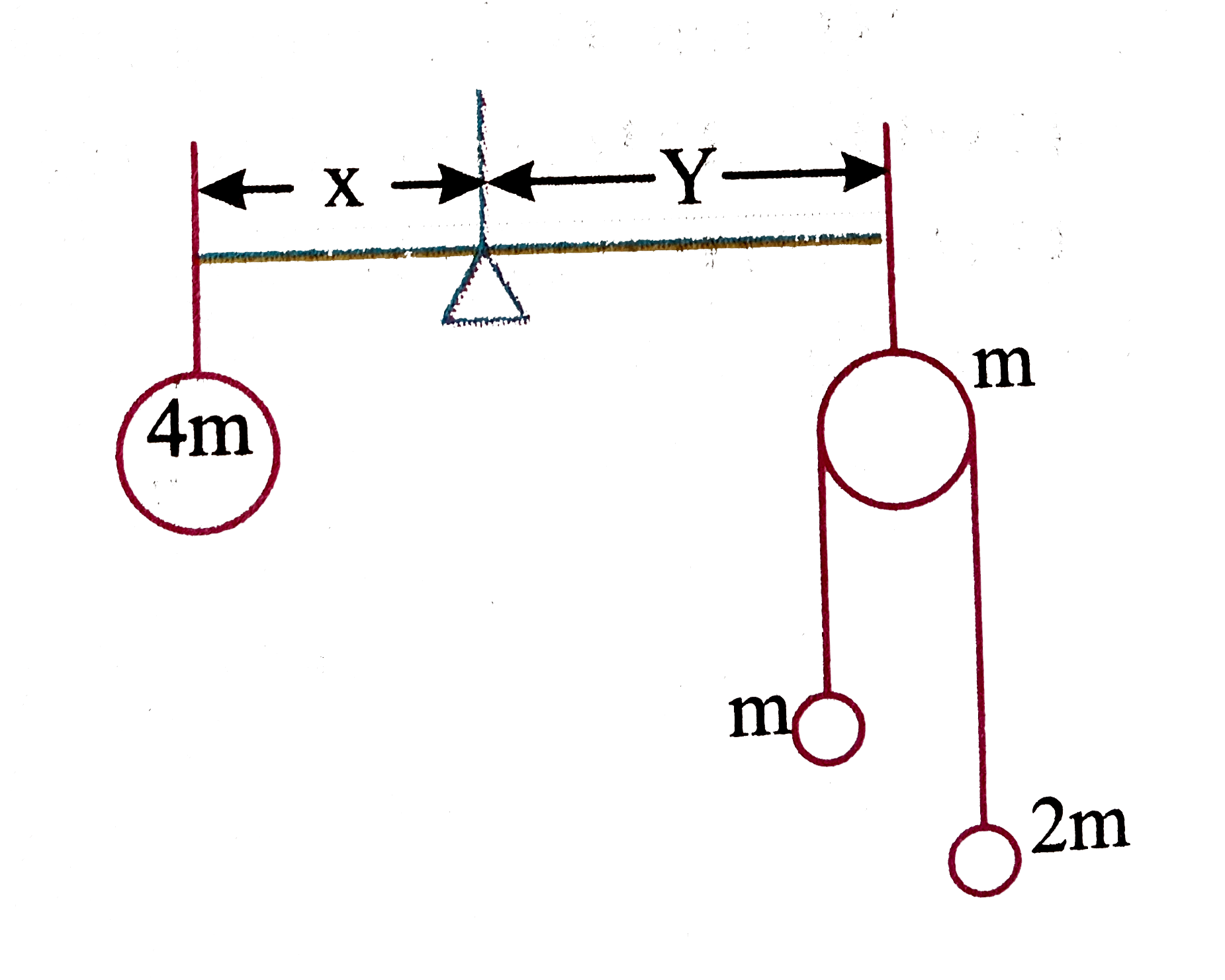A
B
C
D
Text Solution
Verified by Experts
The correct Answer is:
Topper's Solved these Questions
Similar Questions
Explore conceptually related problems
Knowledge Check
NARAYNA-SYSTEM OF PARTICLES-Level-V
- A rigid massless beam is balanced by a particle of mass 4m in left han...
Text Solution
|
- A uniform box is kept on a rough inclined plane. It begins to topple w...
Text Solution
|
- A rod touches a disc kept on a smooth horizontal plane. If the rod mov...
Text Solution
|
- A ball is attached to a string that is attached to a pole. When the ba...
Text Solution
|
- A disc of mass m is connected with an ideal spring of stiffness k. If ...
Text Solution
|
- A massless thin hollow sphere is completely filled with water of mass ...
Text Solution
|
- A particle P collides elastically at M with a speed v. The change in a...
Text Solution
|
- A ball is attached to a string that is attached to a pole. When the ba...
Text Solution
|
- The free end of a thread wound on a bobbin is passed round a nail A ha...
Text Solution
|
- In the figure shown, a ring A is initially rolling without sliding wit...
Text Solution
|
- A particle moves in a circular path with decreasing speed . Choose the...
Text Solution
|
- On a train moving with acceleration 10 m//s^(2), a ball starts rolling...
Text Solution
|
- A hollow sphere of mass 2 kg is kept on a rough horizontal surface. A ...
Text Solution
|
- Four rods of side length l have been hinged to form a rhombus. Vertex ...
Text Solution
|
- A rigid body of moment of inertial I is projected with velocity V maki...
Text Solution
|
- A uniform rod of length l is placed symmetrically on two walls as show...
Text Solution
|
- On a smooth horizontal tanle, a sphere is pressed by blocks A and B by...
Text Solution
|
- The figure shows a uniform rod lying along the x-axis. The locus of al...
Text Solution
|
- A uniform rod of length L (in between the supports) and mass m is plac...
Text Solution
|
- A uniform disc of mass m and radius R is rolling up a rough inclined p...
Text Solution
|
